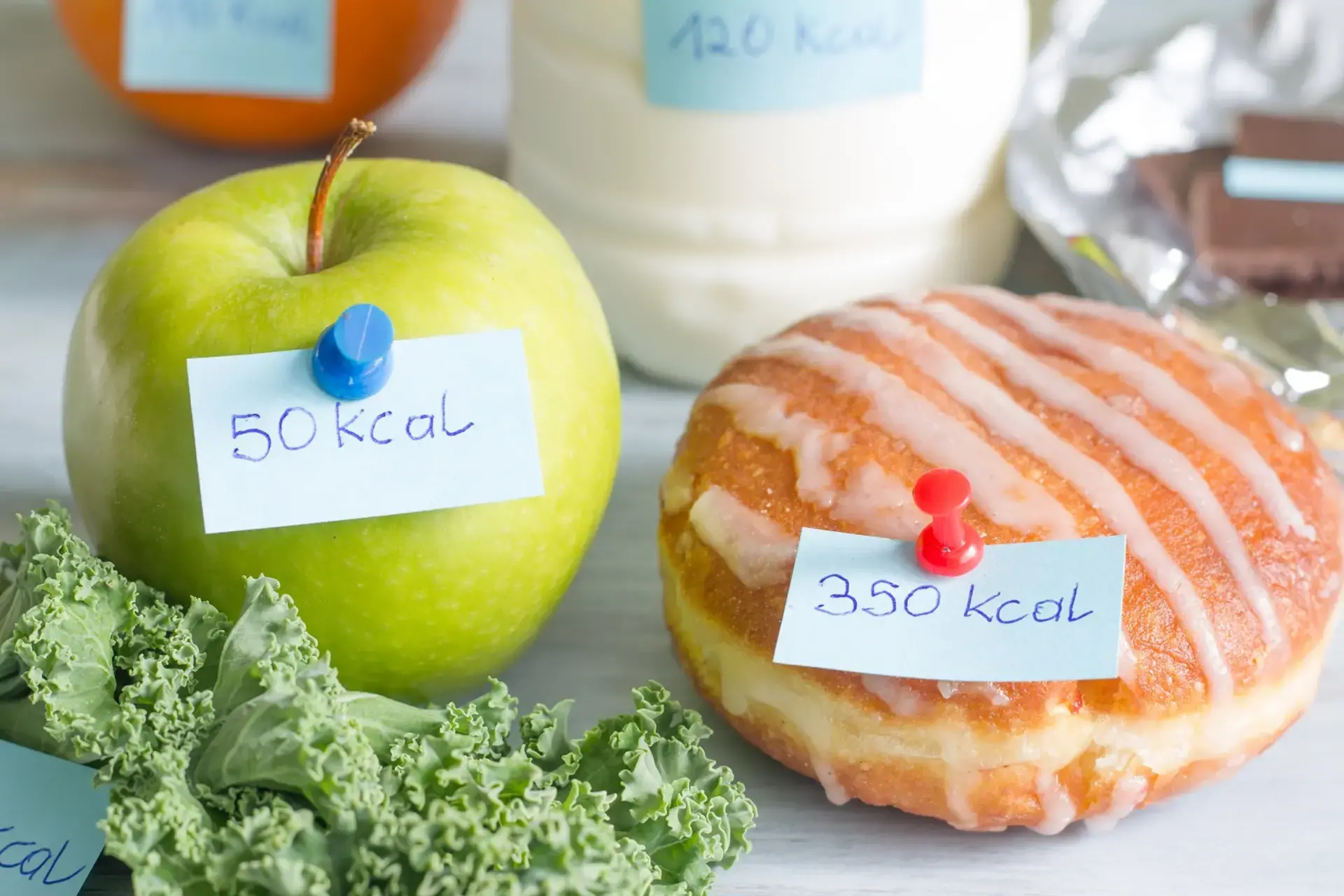If you’re up to speed with your fitness jargon, you’ve heard of "calorie deficit" and "calorie surplus." And if you’re not, it’s fine! We’ll simplify it for you and help you out on your journey to losing weight, or even gaining mass, whichever one your goal is.
Learn about "calorie deficit" and "calorie surplus" to manage your fitness goals effectively, whether it's shedding pounds or building muscle. Discover how to navigate your weight loss or muscle gain journey with ease.

Let’s decode deficits and surpluses! Simply put, calorie deficit refers to diets where you consume fewer calories than you burn; while calorie surplus allows you to consume more calories than expected. The main difference between the two is that one helps in shedding unwanted pounds and the other helps you gain! Simple, right? Well, let’s dive deeper into it!
Hitting the gym? You need calories for that. Walking around? Yup, calories! Going to sleep? Guess what you need? Ding! Ding! Ding! Calories!
Calories serve as fuel for all your body’s functions. The number of calories we either gain or burn are directly proportionate to the amount we eat and spend energy through exercise or other physical activities.
This is what makes calorie counting such a key factor in your fitness journey.
Yes, you read that right! Did you know that there is an even smarter way to look at the food that you consume and the calories that come with it? It’s called nutrient density. This refers to the amount of nutrients provided per calorie of food. Sounds complicated? Let’s break it down.
Getting 100 calories from fries is not the same as getting the same number of calories from cooked sweet potato. Sure, they’re 100 calories each, but sweet potatoes contain Vitamin A, mineral salts, and fiber, while French Fries are basically just carbohydrates and fat, also known as empty calories. Speaking of empty, you would have to eat more fries in order to feel full as compared to sweet potatoes. The same principle applies if we compare foods that are nutritious but are a little higher in calories to foods that are less nutritious and low in calories.
Simply put, when we eat more nutrient-dense food, we get the nutrients that our body needs without having to consume more calories. To help you reach your calorie goals, it also crucial to maintain a balance between calories consumed and energy spent
Let’s talk about calorie quotas! Just as not all calories are created equal, no two individuals will have the same caloric needs. And it depends on several factors: age, lifestyle, physical activity, weight goals, sex, and several other variables. Women have a calorie intake of around 1,600 to 2,000 a day, while men stake around 2,000 to 3,000 calories.
Believe it or not, but choosing to not eat that jelly donut after dinner can actually put you at a deficit! It is recommended by the Academy of Nutrition and Dietetics to go for a calorie deficit of around 500 calories a day if you are looking to effectively lose weight. This dietary plan should of course be based on your Basal Metabolic Rate (BMR). You can figure out what yours is by having a chat with a nutritionist.
Ready to bulk up? If you’re looking to gain muscle mass, you should aim for calorie consumption that exceeds the amount of energy spent during your training. In fact, a caloric surplus of at least 10%-20% should be targeted.
Want a healthy diet? While calorie counting is useful, focus on food quality, variety, and nutrient balance for success. Don't skip meals; small, frequent ones keep calories in check. Hydrate often to curb overeating, and prioritize whole foods for better digestion, longer satisfaction, and stable blood sugar levels. Keep it simple, keep it smart!










